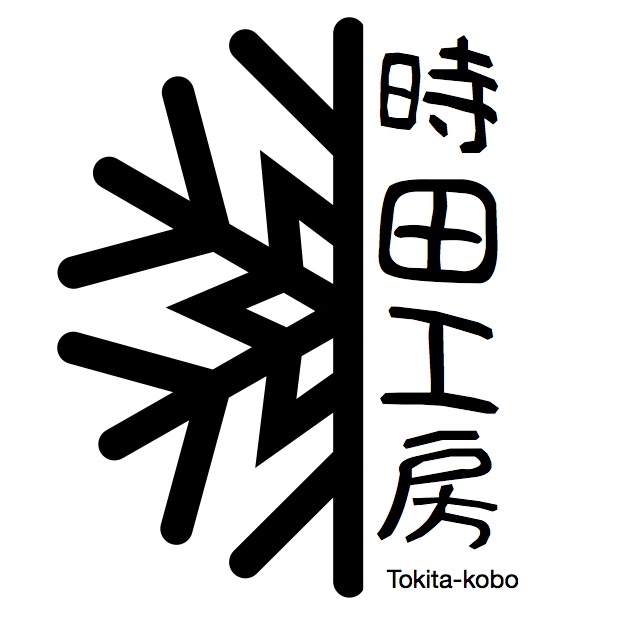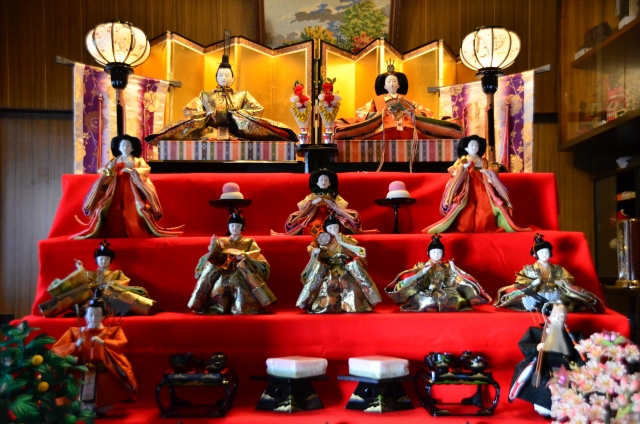When you think of traditional Japanese attire, the colorful and elegant kimono likely comes to mind. But among the many types of kimono throughout history, the jūni-hitoe—meaning “twelve-layer robe”—stands out as the most luxurious, formal, and majestic. Let’s take a closer look at this fascinating piece of Japan’s cultural heritage.
What Is the Jūni-hitoe?

The Jūnihitoe, which literally means “twelve-layered robe,” is one of the most elegant and intricate forms of traditional Japanese clothing. This ceremonial kimono was worn by noble women at the Imperial Court during the Heian period (794–1185). Despite the name, it didn’t always consist of exactly twelve layers—sometimes more, depending on the occasion and the status of the wearer. The layers were carefully chosen for their seasonal colors and harmonious combinations, reflecting the wearer’s sophistication and aesthetic sensibility.
You might also recognize the Jūnihitoe on the Empress dolls displayed during Hina Matsuri (Girls’ Day) on March 3rd. These traditional dolls, dressed in miniature versions of the elaborate robes, are a charming and culturally rich way to honor the beauty and heritage of the Heian court.
Historical Background

The jūni-hitoe originated during the Heian period (794–1185), a time when court life in Kyoto flourished with poetry, art, and refined customs. This style of dress evolved from earlier Chinese court clothing but developed uniquely Japanese features as the Heian aristocracy moved toward more indigenous forms of expression.
Women of noble birth wore the jūni-hitoe for formal occasions such as ceremonies, religious rites, and seasonal festivals within the imperial court. Its use became a symbol of not just beauty, but education, status, and cultural sophistication.
One of the most famous depictions of the jūni-hitoe comes from “The Tale of Genji” (源氏物語), written by Murasaki Shikibu, where noblewomen wear layers of silk robes while composing poetry and observing seasonal beauty.
Today, the jūni-hitoe is rarely worn except for very special occasions, such as imperial weddings or enthronement ceremonies. For example, Empress Masako wore a jūni-hitoe during Emperor Naruhito’s enthronement ceremony in 2019, drawing attention from around the world.
Replicas of the jūni-hitoe are also used in historical reenactments, museums, and cultural festivals to preserve the beauty and tradition of Heian-era court life.
How Was It Worn?

Wearing the jūni-hitoe was no easy task. The full ensemble could weigh up to 20 kilograms (over 40 pounds) and required the help of several attendants to dress the wearer. Each robe was layered carefully to allow the colors to show just the right amount at the sleeves and hems. The elegance came not just from the garment itself but from how gracefully the wearer could carry herself despite the weight and complexity.
The full ensemble consists of the karaginu (short jacket): , uwagi (outer robe), uchiginu (inner robe), itsutsuginu (five layered robes), hitoe (unlined robe), nagabakama (long pleated trousers), and mo (train-like overskirt), with the basic hairstyle being the traditional osuberakashi (long straight hair worn down).
Karaginu(唐衣):The most formal ceremonial attire for women, equivalent to the sokutai worn by men.
Uhagi(表着) : It is worn underneath the karaginu.
Uchiginu(打衣): It is worn beneath the uwagi
Itsutsuginu(五衣) : refers to five layers of uchiginu robes worn together.
Hitoe(単): An unlined robe worn beneath those layers.
Nagabakama(長袴): A cylindrical-shaped pleated skirt with a long trailing hem at the back.
Mo(裳):In the Nara period, the mo was originally worn wrapped around the waist. However, by the Heian period, as the number of clothing layers increased, it became difficult to wrap it around the waist. Instead, it was tied at the back of the waist and allowed to trail behind.
Osuberakashi (大垂髪): hairstyle, which originated in the Heian period, has gone through three distinct phases of transformation during the Muromachi and Edo periods, leading to the style seen today
Symbol of Cultural Beauty
The jūni-hitoe represents more than a piece of clothing—it’s a symbol of Japan’s refined aesthetic sensibility, courtly tradition, and layered cultural history. Its beauty is not only in the fabric but in the thoughtful combination of colors, meanings, and seasons.
Though no longer worn in daily life, the jūni-hitoe lives on as an icon of timeless elegance and a powerful reminder of how traditional garments can carry deep cultural significance.
Happy Girls’ day!

